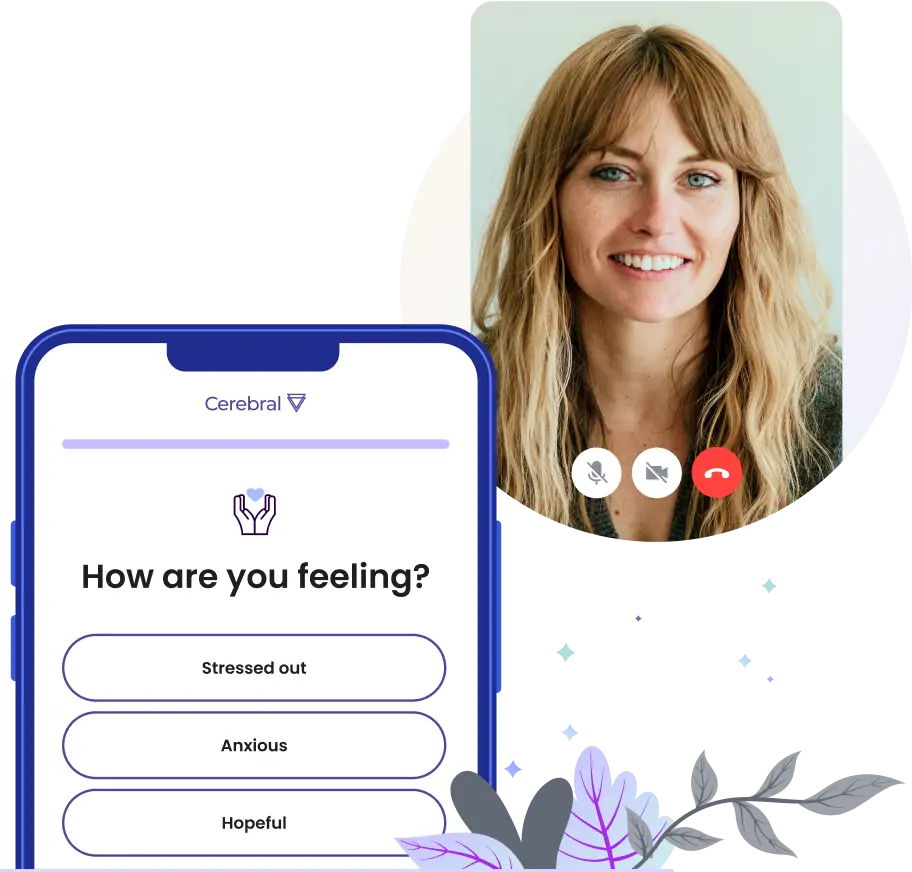How to Set Boundaries At Work That Promote Positive Mental Health


Let’s be honest, most work environments are fast-paced these days, making boundaries critical for maintaining a healthy work-life balance and ensuring long-term professional and personal well-being. But what exactly are boundaries, and how can you effectively establish them at work? Let's dive into the importance of boundaries and explore three practical ways to set them in a professional setting.
What Are Boundaries?
Boundaries are the invisible lines that define the limits of your responsibilities, interactions, and personal space. In the workplace, boundaries help distinguish between professional duties and personal life, ensuring that neither encroaches excessively on the other. They serve as guidelines for acceptable behavior and interactions, promoting respect and mutual understanding among colleagues.
Why Are Boundaries Important for Mental Health?
- Prevent Burnout: Constantly being on call or overextending yourself can lead to burnout, a state of physical, emotional, and mental exhaustion. Clear boundaries help manage workload and expectations, preventing exhaustion and promoting sustainable productivity. By setting limits on your availability and tasks, you ensure that you have sufficient time to rest and recharge, which is crucial for long-term well-being.
- Reduce Stress: Knowing your limits and communicating them effectively reduces stress and anxiety, as it helps you maintain control over your work environment and responsibilities. When you set boundaries, you are prioritizing your mental health and well-being, which allows you to approach your work with a clearer mind and a more positive attitude.
- Enhance Focus and Efficiency: Boundaries allow you to allocate time and energy to tasks that matter most, improving focus and efficiency. This not only boosts your performance but also enhances job satisfaction. By creating designated times for work and personal activities, you can minimize distractions and dedicate your full attention to each task, leading to higher quality outcomes and a greater sense of accomplishment.
- Improve Relationships: Setting boundaries fosters healthier relationships with colleagues by establishing mutual respect and understanding. It prevents conflicts and misunderstandings, creating a more harmonious work environment. When boundaries are clear, everyone knows what to expect, which reduces friction and promotes a collaborative atmosphere. This mutual respect can lead to stronger, more supportive professional relationships, ultimately contributing to a more positive and productive workplace.
How to Set Professional Boundaries at Work
1. Communicate Clearly and Assertively
One of the most effective ways to set boundaries is through clear and assertive communication. When you articulate your limits and expectations, it reduces the likelihood of misunderstandings and ensures that everyone is on the same page. For instance, if you're unable to take on additional tasks, explain your current workload and suggest an alternative solution or timeline. Remember, it's essential to be firm yet polite to maintain professionalism.
2. Establish Work-Life Balance
Achieving a healthy work-life balance is fundamental to setting boundaries. This can be done by setting specific work hours and sticking to them. Avoid checking emails or taking work calls outside these hours unless absolutely necessary. Encourage this practice within your team to foster a culture that values personal time. Additionally, taking regular breaks and using your vacation days can prevent burnout and keep you energized and motivated.
3. Delegate and Prioritize
Delegating tasks and prioritizing responsibilities are key to managing your workload effectively. Recognize that you can't do everything on your own and trust your colleagues to handle certain tasks. Prioritize your to-do list based on deadlines and importance, and don't hesitate to seek help when needed. This approach not only helps you manage your time better but also empowers your team and improves overall productivity.
Continued Mental Health Support With Cerebral
Setting boundaries at work is not just about protecting your time and energy; it's about creating a sustainable work environment that promotes mental health and professional growth. By communicating clearly, establishing a work-life balance, and delegating tasks, you can effectively set boundaries that benefit both you and your organization. Start implementing these strategies today to enjoy a healthier, more productive work life.
At Cerebral, we offer personalized support designed to help you reach your mental health goals. With convenient and affordable access to licensed mental health professionals from the comfort of your home, we make it easy for you to prioritize your mental health. If you find it difficult balancing work and home, help is available.

6 Self-Care Tips for Stress and Burnout Recovery

How to Overcome Procrastination

How to Set Boundaries During the Holidays

Call 911 if you’re having a
mental health emergency
Text Home to 741-741 if you're in emotional
distress and need immediate support
Call or text 988 Suicide &
Crisis Lifeline. Chat service
is available at 988lifeline.org.